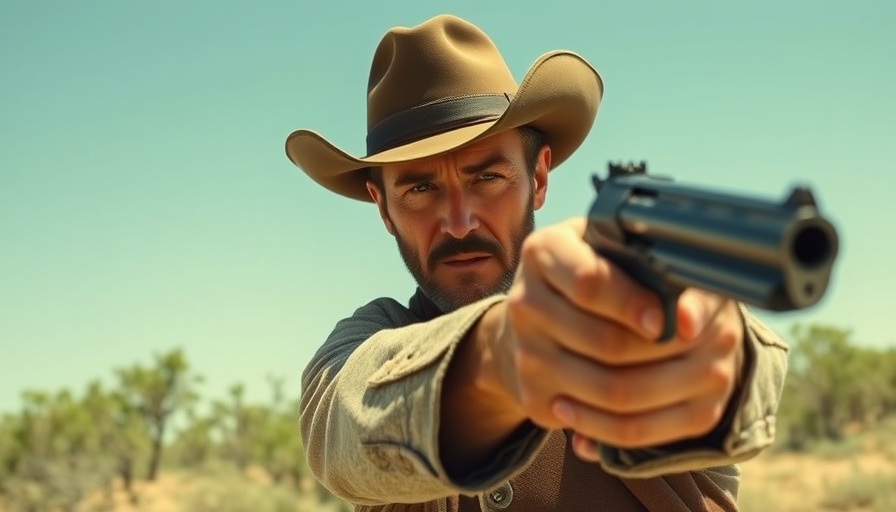
Unlocking Your Inner Genius: How to Think Like Leonardo da Vinci
In a world ever-increasingly driven by routine and rapid changes, taking a page from the life of Leonardo da Vinci may be precisely what you need to rejuvenate your creativity and personal growth. Upon reflecting on milestones in life, such as turning 40, some individuals may find it valuable to reassess their journey through introspection. For one writer, revisiting Michael J. Gelb’s inspiring book How to Think Like Leonardo da Vinci: Seven Steps to Genius Every Day did just that. This book combines history, philosophy, and practical exercises to encourage readers to unlock their latent potential.
Igniting Curiosity: The Da Vincian Principle of Curiosità
Leonardo da Vinci was a relentless seeker of knowledge, constantly asking questions that led him to explore the mysteries of nature and behavior. The first principle, Curiosità, exemplifies the need to cultivate an unyielding curiosity about the world. In a society that often discourages profound inquiry, men, especially those in their prime, can benefit immensely from returning to a curious mindset.
Gelb encourages readers to keep a notebook handy—a habit Leonardo himself maintained. This practice creates a repository for thoughts, sketches, and questions. Writers have found that actively jotting down ideas boosts cognitive function and keeps the mind agile. One suggested exercise is to list 100 meaningful questions. Reflecting on queries such as “What will I be like in 10 years?” can provide insight into personal aspirations and beliefs.
Experiential Learning: Embrace the Da Vincian Principle of Dimostrazione
Dimostrazione, or the testing of knowledge through experience, is another critical teaching from da Vinci. He believed in deriving wisdom from direct experiences rather than solely relying on the teachings of others. For professionals and fitness enthusiasts, this principle invites experimentation in lifestyle choices, from dietary habits to fitness regimes. To help members of this audience, Gelb suggests inventorying the origins of one’s beliefs. Understanding how much one’s thinking is influenced by external factors rather than personal encounters can reshape one’s approach to learning and growth.
Engaging the Senses: Tap into Sensazione
The principle of Sensazione emphasizes sharpening one’s senses to experience the world fully. Leonardo possessed an exceptional ability to observe detail, whether in a painting or a scientific examination. For men who seek growth and self-improvement, taking time to engage through observation can lead to greater insights in both professional and personal realms. Spend moments mindfulness walking through nature or simply enjoying the flavors of a meal. This practice can serve as a reminder of the nuances that often go unnoticed in everyday life.
The Impact of Imagination: Creativity through Visual Thinking
Leonardo was the epitome of a creative thinker, which remains relevant in today’s problem-solving scenarios. Through the principle of Collegio, men are encouraged to embrace imagination in their daily endeavors. For professionals, especially those in high-stakes careers, harnessing creativity can lead to innovative approaches to their work. Daily exercises can include visually representing one's goals or challenges, which enables clearer problem-solving pathways.
Learning from Errors: Embracing the Lessons of Errore
All individuals encounter failures, but how they respond is what separates the extraordinary from the ordinary. Da Vinci viewed error not as defeat but as a stepping stone towards mastery. Integrating the principle of Errore into a daily routine can challenge men to analyze their setbacks constructively. Rather than allowing failures to deter progress, embracing them fosters resilience and personal growth.
Connecting the Dots: The Power of Integrative Thinking
The ability to synthesize various experiences and disciplines, as demonstrated by da Vinci, is what makes him a timeless figure in the realm of innovation. This holistic approach to thinking is integral for professionals navigating complex challenges today. Men can benefit from purposely seeking areas of crossover in their interests—whether in fitness, relationships, or personal style—to curate a more robust and dynamic life style.
Practical Steps to Implement Da Vincian Principles in Your Life
1. Journal Regularly: Develop the habit of maintaining a daily notebook to foster creativity and clarify thoughts. 2. Experiment and Learn: Test your beliefs against lived experiences. Don’t shy away from trying new methodologies in work or health. 3. Mindfulness Practice: Engage in activities that clean the palate of your senses—slow down to savor tastes, sounds, and sights. 4. Creative Visualization: Set aside time to imagine outcomes and create visual interpretations of your ideas and challenges.
Taking inspiration from Leonardo da Vinci may seem an ambitious task, but by integrating these principles, men between the ages of 35-55 can tap into a deeper reservoir of creativity and self-improvement. Reawakening curiosity, embracing experiential learning, and fostering creativity not only enrich personal lives but also yield substantial benefits in professional pursuits.
Are you ready to embark on a journey of personal growth? Start fostering your creative potential today through these enlightening practices inspired by the genius of da Vinci!
 Add Row
Add Row  Add
Add 




Write A Comment